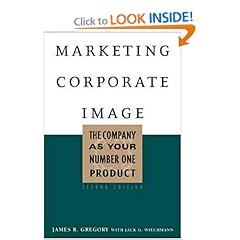 The war for eyeballs and attention can only grow fiercer over the next few years. In the Information Economy we all suffer from overload and the need to multitask through the day. Tom Davenport and John Beck makes the case that in the future we will need to `attention manage' as a metric. They ask whether `we are the first society with ADD' (attention deficit disorder), and they list symptoms of organizational ADD.
The war for eyeballs and attention can only grow fiercer over the next few years. In the Information Economy we all suffer from overload and the need to multitask through the day. Tom Davenport and John Beck makes the case that in the future we will need to `attention manage' as a metric. They ask whether `we are the first society with ADD' (attention deficit disorder), and they list symptoms of organizational ADD.As mentioned in the editorial review the Attention Economy is littered with anecdotal pull-outs and "overheard" comments; as well as random factoids such as that the Sunday edition of the New York Times contains more written factual information than was available to reader in the 15th century. Though these factoids are intriguing they can be distracting as they are not always connected to the main body of material. But in some ways they exemplify the attention problem as you are often drawn to reading them.
The main body of the book is devoted to looking at tactics for companies to achieve and manage attention both on an internal basis and with their customers and partners. Softer issues such as personal time management are looked at in the context of the wider picture and have implications for both people and organizations. I found the book however to be missing a `model' or framework that companies could really use. Aside from having an in-depth awareness of the issue, I am unsure what I would do/have done differently after reading it.
The book is well written and engaging, and the authors present an excellent perspective on this most-precious resource.
Click Here to see more reviews about: The Attention Economy : Understanding the New Currency of Business (Hardcover)

















